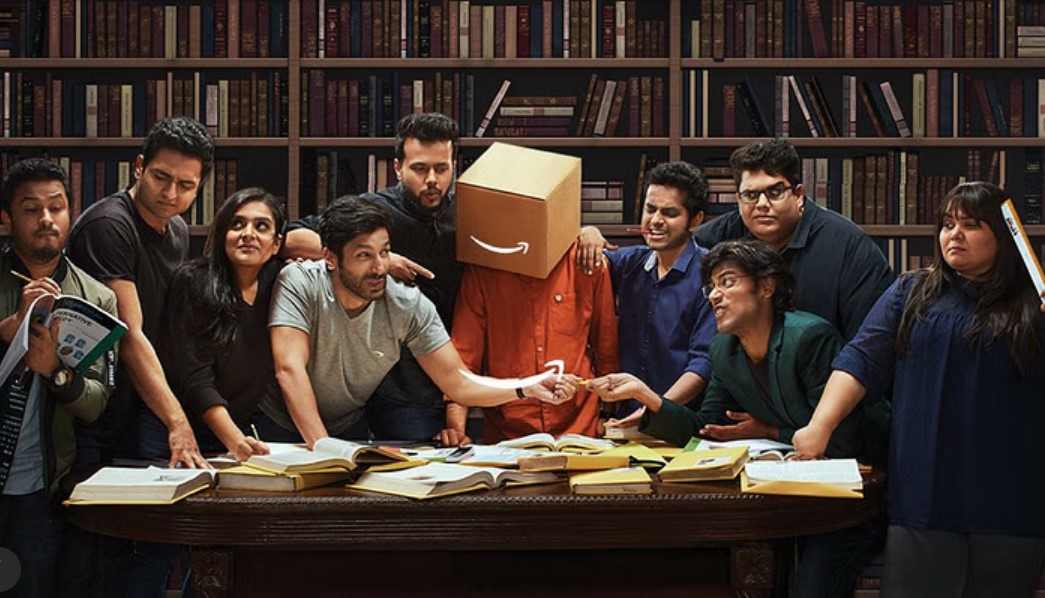Chuckles and Giggles: The Evolution of Hindi Stand-up Comedy

In the colorful world of Hindi entertainment, there’s a special thread. It’s finding its way into the hearts of the audience – stand-up comedy. It’s not just about cracking jokes; it’s about building connections through laughter. Before you immerse yourself in this delightful journey, take a moment to explore the slot fruit shop. Indulge in the latest online casino games.
Embarking on the Laughter Odyssey
The comedy scene began with a lone warrior. A comedian stood under the spotlight on a slightly dim stage. Armed with only a microphone and a talent for humor, they embarked on the laughter odyssey. These were the humble beginnings of Hindi stand-up comedy.
The Rise of Comic Pioneers
As laughter echoed through intimate venues, pioneers emerged. Kapil Sharma, with his spontaneous wit, and Johnny Lever, a master of expressions, paved the way. Their success signaled a shift. Stand-up comedy was no longer just a sideshow; it was taking center stage.
From Cafes to Arenas
The chuckles grew louder, and the venues grander. Stand-up comedy transformed from intimate cafes to sprawling arenas. The laughter that once resonated in close quarters now reverberates in auditoriums. This signifies the mainstream acceptance of this art form.
Diverse Voices, Diverse Laughter
Comedy embraced diversity, with comedians bringing their unique perspectives to the forefront. Munawar Faruqui’s hilarious small-town tales added a distinct flavor to the comedy platter. Atul Khatri’s razor-sharp satire did the same.
Navigating Taboos with Humor
Stand-up comedy became a powerful tool to challenge societal norms. Comedians fearlessly tackled taboos, using humor as a bridge to open conversations. Topics that were once whispered behind closed doors now became roaring punchlines. They broke the shackles of silence.
Comedy Collectives and Collaborations
The laughter network expanded with the rise of comedy collectives. Groups like AIB (All India Bakchod) brought comedians together. They fostered collaborations that amplified the comedic experience. Skits, roasts, and parodies became a staple, appealing to a wider audience.
Beyond Language Barriers
Comedy, with its universal language, transcended regional boundaries. Comedians began experimenting with bilingual and multilingual sets. They ensured that laughter needed no translation. Hindi stand-up comedy became a cultural bridge, uniting audiences across diverse linguistic backgrounds.
Navigating the Digital Terrain
The digital era not only birthed stars but also allowed comedians to craft their unique digital personas. Social media platforms became stages. Comedians embraced memes, sketches, and short videos. This created a constant buzz around their comedic personas.
The Comedy Fest Extravaganza
Stand-up comedy took center stage in the form of comedy festivals. The iconic Kala Ghoda Arts Festival and Canvas Laugh Club’s Annual Comedy Festival became platforms for comedians. Dedicated comedy extravaganzas, in particular, drew comedians. They showcased their craft to diverse audiences. The festival atmosphere infused energy, turning laughter into a collective celebration.
Streaming Laughter: The OTT Boom
The digital revolution transformed how we consume content. It also revolutionized comedy specials. OTT platforms like Amazon Prime Video, Netflix, and others became the go-to destinations for stand-up specials. Comedians unleashed hour-long doses of humor. Audiences could binge-watch laughter from the comfort of their homes.
Comedy Merchandise Mania
Beyond the stage and screen, comedians ventured into the world of merchandise. Comedians turned their humor into wearable and usable art. They created quirky catchphrase-laden T-shirts and mugs with witty one-liners. Fans embraced this trend. They made comedy merchandise a tangible extension of their favorite comedians’ comedic universe.



